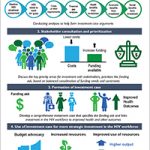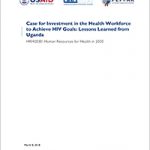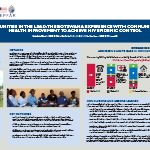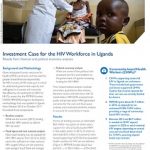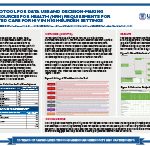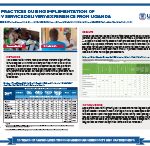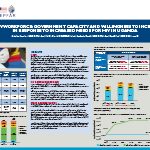31 Jul Evidence-based Interventions to Promote Women in Health Management in Jordan (Video)
Video (June 25, 2018, short/2:35, long/6:17): On June 25, HRH2030 facilitated a national event in Jordan to promote women’s leadership in the health sector. At the event, HRH2030 disseminated its recent research on “Barriers and Enablers of Women’s Career Progression to Management Positions in...







